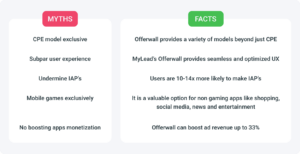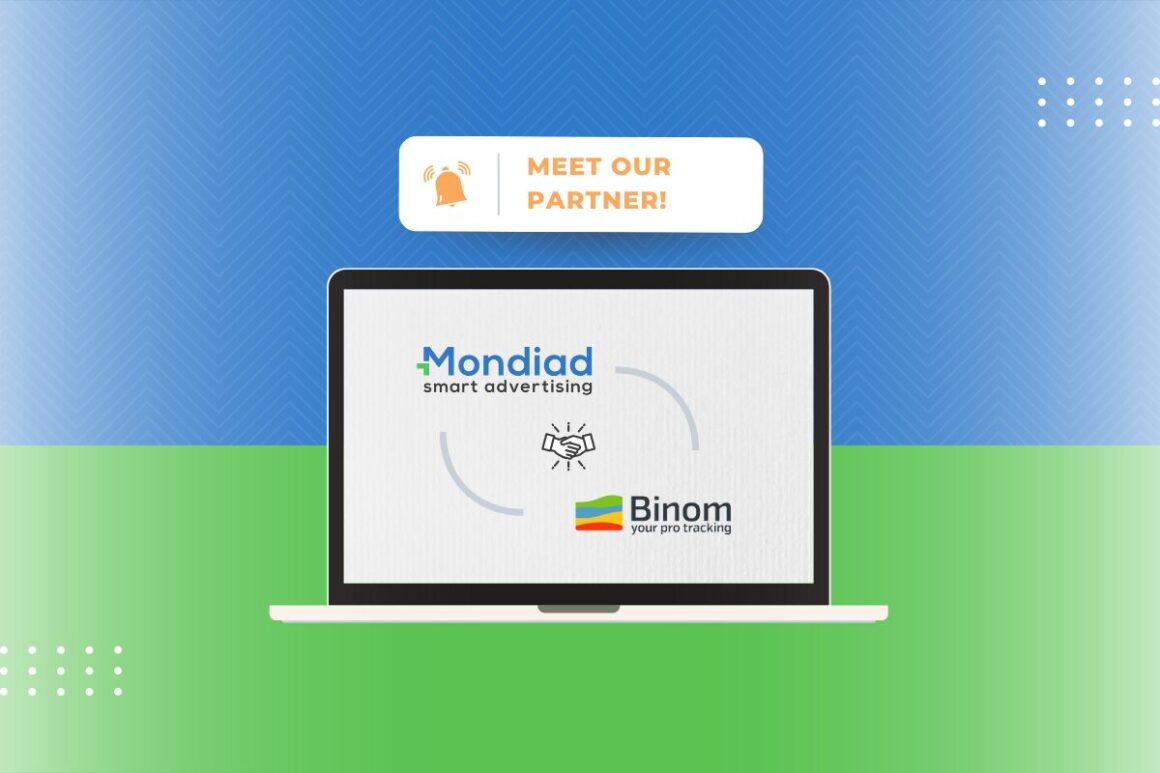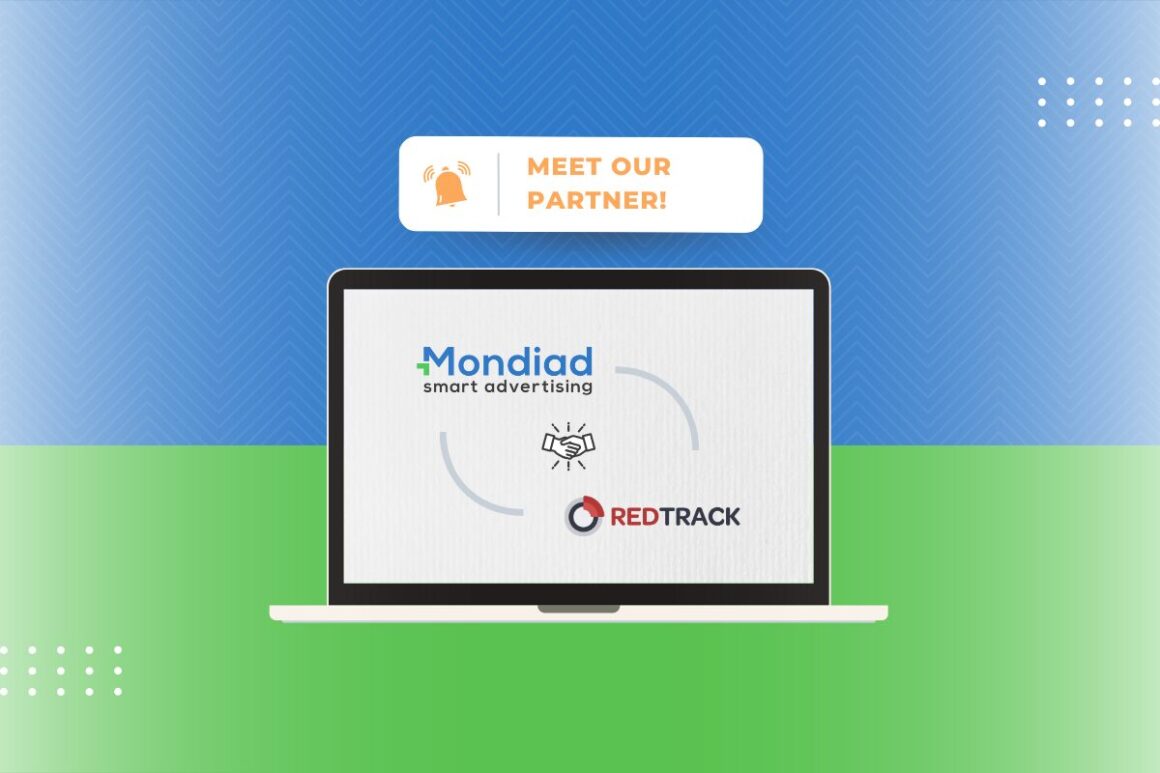Monetizing mobile applications has emerged as a critical factor for developers’ success, yet the potential of the Offerwall tool is often overlooked. Users find significant value in Offerwalls, as highlighted in the Ultimate Offerwall Guide by TapJoy. According to the guide, a notable 70% of mobile gamers express their appreciation for rewarded ads. Interestingly, 47% of these users consider rewarded ads their preferred method for obtaining virtual premium currency in mobile games.
Furthermore, Offerwall users integrate rewarded ads seamlessly into their mobile gaming experience, with a substantial 79.1% completing such ads on a weekly basis, including 41% on a daily basis. Impressively, 43% of mobile gamers admit to making purchases based on products or services they encountered in rewarded ads. These statistics, sourced from the Ultimate Offerwall Guide by TapJoy, underscore the widespread liking and appreciation of Offerwalls among a substantial user demographic.
Further in this article, we aim to dispel certain myths and show why not using Offerwall is a significant mistake. There are numerous benefits that discourage users from utilizing this form of monetization, but the truth is that Offerwall can be an effective revenue-generating tool.
Before we face popular myths about Offerwalls, you should check out an MyLead’s article about benefits from using Offerwall which you can take advantage as mobile game developer:
***
Popular Myths about Offerwall:
Examine closely some prevalent misconceptions regarding the Offerwall tool. In this paragraph, we will explore and debunk several commonly held myths associated with Offerwalls, providing clarification and dispelling these widespread misconceptions.
MYTH: Offerwall is based on the CPE model only
Let’s begin by understanding the CPE model, or cost per engagement, represents the expenses incurred by advertisers for each user interaction with a particular piece of content or advertisement. Such engagement can encompass various actions like clicks, likes, shares, comments, video views, or specific in-game activities, contingent on the platform and content type.
There is a widespread misconception that the CPE model is the exclusive offering for Offerwalls. While it is a prevalent model in many applications, alternative choices are available. It’s important to clarify that, in specific instances, CPE might be the sole option with certain providers, but this is not the case with MyLead affiliate network.
FACT: Through MyLead’s Offerwall, you have the flexibility to opt for CPI, CPA, CPL or CPS models. It’s crucial to acknowledge that the Offerwall arena encompasses a range of models beyond CPE, empowering developers to customize their monetization strategy according to their distinct objectives and preferences.
MYTH: Offerwalls deliver a subpar user experience
While Offerwalls were previously linked with inconvenience and complexity, those times are now a thing of the past.
FACT: In today’s market, Offerwalls provided by platforms like MyLead offer users a smooth and optimized experience.
However, a good user experience isn’t just about how well the Offerwall performs. Users now have a wide range of options available when interacting with offers, ensuring that the experience is tailored to each individual. Offerwall data indicates that users are often happy to participate in activities like filling out surveys or watching ad videos. According to TapJoy’s Ultimate Offerwall Guide, a significant 79.2% of users who start a survey actually complete it. This demonstrates that users are not only engaging with Offerwall tasks but also likely finding them enjoyable or worthwhile.
MYTH: Offerwalls undermine In-App Purchases
There’s a common misconception that adding Offerwalls to mobile apps diminishes the effectiveness of In-App Purchases (IAPs).
FACT: However, it’s a fact that integrating Offerwalls doesn’t necessarily undercut IAPs but rather offers users an alternative way to access rewards or premium features.
In reality, Offerwalls can actually complement IAPs. While there’s a concern that users might opt for free options from Offerwalls instead of making direct in-app purchases, data from the MafAd article shows that 43% of gamers have purchased something they encountered in a rewarded ad. With a balanced approach, both monetization methods can work together effectively, boosting user engagement and providing developers with additional revenue opportunities without negatively impacting in-app transactions.
MYTH: Offerwalls are made exclusively for mobile games
There’s a common misconception that Offerwalls are only meant for mobile games. However, the reality is that they have evolved beyond gaming apps and are now successfully integrated across a variety of mobile applications. Whether it’s productivity tools, utility apps, or entertainment platforms, Offerwalls offer a versatile monetization strategy for developers.
FACT: The myth originated from Offerwalls initially being associated with mobile games. However, their adaptability and effectiveness have led to their usage in diverse app categories. Offerwall monetization isn’t limited to gaming apps; it’s also a valuable option for non-gaming apps such as shopping, social media, news, and entertainment apps.
Developers across industries can utilize Offerwalls to boost user engagement, provide value, and generate revenue, dispelling the misconception that they are exclusive to the realm of mobile games.
MYTH: Offerwalls are not boosting apps monetization
Contrary to a common misconception, Offerwalls can actually significantly enhance app monetization. They provide users with a valuable opportunity to engage with relevant offers, thereby generating additional revenue streams for developers.
FACT: The misconception likely stems from outdated perceptions, as modern Offerwall implementations are specifically designed to optimize user experience. This leads to increased user participation and ultimately improves monetization outcomes.
Offerwalls create a win-win scenario by offering users a non-intrusive way to interact with advertisements, complete tasks, or participate in surveys. Users benefit from rewards, while developers capitalize on increased monetization opportunities.
MYTH: Offerwall excludes different monetization ways in my app
To debunk the myth that implementing an Offerwall in mobile apps limits monetization options, it’s crucial to understand that Offerwalls are adaptable and can work well with various ad formats.
FACT: Contrary to the misconception that Offerwalls operate in isolation, they actually seamlessly integrate with different monetization strategies.
By adding Offerwalls to your app, you’re not only giving users the chance to voluntarily engage with advertisements but also maintaining compatibility with diverse ad formats. This strategic integration ensures a multifaceted approach to generating revenue, creating a balanced and user-friendly experience that extends beyond traditional monetization methods.
Conclusion
In conclusion, Offerwalls dispel prevalent misconceptions regarding their efficacy in mobile app monetization. Contrary to misunderstandings, they present diverse models beyond CPE, affording developers flexibility. Contemporary Offerwalls, as demonstrated by platforms like MyLead, guarantee a smooth and optimized user experience, eliminating the idea of interior interactions.
The notion that Offerwalls diminish the significance of In-App Purchases is refuted: instead, they offer an alternative without undermining direct transactions. Offerwalls have expanded their application beyond gaming apps and are effectively utilized across various categories, challenging the misconception of being exclusive for mobile games.
Contrary to the misconception that Offerwalls do not enhance app monetization, they make a significant contribution by providing users with non-intrusive opportunities to engage with ads, tasks, or surveys. This mutually beneficial situation boosts user participation, enhances monetization, and fosters a positive user experience.
Fundamentally, Offerwalls serve as a flexible instrument for developers to broaden revenue sources, elevate engagement, and establish a mutually beneficial environment within the mobile app ecosystem. Overlooking their potential could prove to be a substantial error for developers aspiring to achieve optimal success.












